Optimising Images
Optimising images is when you change an images quality or size to make them fit better purposes. For example optimising an image for a smart phone version f a website, You would reduce the image size and quality for fast download times. Reducing the DPI and colours shown in pictures to reduce the file size even further.When optimising images there are many possible things to change such as: Size of image, quality of image, DPI of an image, file types or the number of the colours in an image. Before optimising an imgage you MUST save your origanal file as you nomaly save them in lossy compression.
Storing image assests and other files
Having good organized files is good when coming to store your files, having clearly labelled folders and sub-folders can help locate your files. when saving the files its good to give extra information in the filename like the DPI or how many coulours are shown.
Matts Digital Graphics Work
Sunday, 7 November 2010
Monday, 1 November 2010
Scanners + Cameras and Graphics Tablets
What is a graphics tablet
 A graphics tablet is a tool that is connected to a computer via USB and they allow you to draw into the computer They come in many different shapes and sizes and the costs can vary from £80 to £3000 depending on size and sensitivity. Graphics tablets can detect pressure so it can tell when you're pressing hard/soft to create thick or fine lines. Expensive graphics tablets can detect around 300 levels of pressure where as a cheaper one would maybe only be able to detect 20 different pressures.
A graphics tablet is a tool that is connected to a computer via USB and they allow you to draw into the computer They come in many different shapes and sizes and the costs can vary from £80 to £3000 depending on size and sensitivity. Graphics tablets can detect pressure so it can tell when you're pressing hard/soft to create thick or fine lines. Expensive graphics tablets can detect around 300 levels of pressure where as a cheaper one would maybe only be able to detect 20 different pressures.
 These cameras are used by professionals. They're very expensive (ranging from £300-£3000) but produce very good pictures because they can display 20+ mega pixels and have very good optics which help create the professional images that it creates. This camera would be used to take pictures of textures or anything that needs a high quality image. You wouldn't carry these cameras around because they can be very heavy, prone to breaking, and it's possible that they could be stolen.
These cameras are used by professionals. They're very expensive (ranging from £300-£3000) but produce very good pictures because they can display 20+ mega pixels and have very good optics which help create the professional images that it creates. This camera would be used to take pictures of textures or anything that needs a high quality image. You wouldn't carry these cameras around because they can be very heavy, prone to breaking, and it's possible that they could be stolen.
 Camera phones are a good portable camera. Most cameras on phones can create images consisting of 2-8 mega pixels but because they are not designed to be cameras then the images aren't as good as dedicated cameras. They use digital zoom instead of optical, this is not as good as it can pixelate the image. However camera phones are convenient if you forgot your main camera and you need to take a low detail snap shot of something.
Camera phones are a good portable camera. Most cameras on phones can create images consisting of 2-8 mega pixels but because they are not designed to be cameras then the images aren't as good as dedicated cameras. They use digital zoom instead of optical, this is not as good as it can pixelate the image. However camera phones are convenient if you forgot your main camera and you need to take a low detail snap shot of something.

 A graphics tablet is a tool that is connected to a computer via USB and they allow you to draw into the computer They come in many different shapes and sizes and the costs can vary from £80 to £3000 depending on size and sensitivity. Graphics tablets can detect pressure so it can tell when you're pressing hard/soft to create thick or fine lines. Expensive graphics tablets can detect around 300 levels of pressure where as a cheaper one would maybe only be able to detect 20 different pressures.
A graphics tablet is a tool that is connected to a computer via USB and they allow you to draw into the computer They come in many different shapes and sizes and the costs can vary from £80 to £3000 depending on size and sensitivity. Graphics tablets can detect pressure so it can tell when you're pressing hard/soft to create thick or fine lines. Expensive graphics tablets can detect around 300 levels of pressure where as a cheaper one would maybe only be able to detect 20 different pressures.The cost of graphics tablets is dependent on the size of the tablet (sizes can vary from A5+) and the sensitivity of it.
Cameras
There are 3 different types of cameras. Phone cameras, Point and shoot, and DLSR. Cameras produce images using pixels, 1 Mega Pixel means 1,000,000 pixels.
DLSR - Digital Single Lens Reflex Camera
 These cameras are used by professionals. They're very expensive (ranging from £300-£3000) but produce very good pictures because they can display 20+ mega pixels and have very good optics which help create the professional images that it creates. This camera would be used to take pictures of textures or anything that needs a high quality image. You wouldn't carry these cameras around because they can be very heavy, prone to breaking, and it's possible that they could be stolen.
These cameras are used by professionals. They're very expensive (ranging from £300-£3000) but produce very good pictures because they can display 20+ mega pixels and have very good optics which help create the professional images that it creates. This camera would be used to take pictures of textures or anything that needs a high quality image. You wouldn't carry these cameras around because they can be very heavy, prone to breaking, and it's possible that they could be stolen.Point and Shoot
These cameras are the ones in the middle. They produce good images, displaying around 5-15 mega pixels, they use optical zoom and they can cost around £75-£300. These cameras are used to take images of ideas that can be used in the future. They're not as good as DLSR cameras but they are cheaper and lighter making them more efficient if you want to take them around with you.
Camera Phones
 Camera phones are a good portable camera. Most cameras on phones can create images consisting of 2-8 mega pixels but because they are not designed to be cameras then the images aren't as good as dedicated cameras. They use digital zoom instead of optical, this is not as good as it can pixelate the image. However camera phones are convenient if you forgot your main camera and you need to take a low detail snap shot of something.
Camera phones are a good portable camera. Most cameras on phones can create images consisting of 2-8 mega pixels but because they are not designed to be cameras then the images aren't as good as dedicated cameras. They use digital zoom instead of optical, this is not as good as it can pixelate the image. However camera phones are convenient if you forgot your main camera and you need to take a low detail snap shot of something.Scanners
A scanner is a device that allows you to scan images on paper to a computer to be altered. There are 4 types of scanner: Flatbed scanners, Hand scanners, Negative scanners and drum scanners.
Flatbed Scanners
These scanners come in A4 size so they're perfect for scanning pieces of A4 paper but anything bigger you'll have to scan 2 or 3 times. A flatbed scanner can produce images at about 4800dpi. These scanners can cost around £30-£300 and can be inconvenient if you want to scan 50 pieces of paper because you would have to do them all separately.
Hand Scanners
These scanners produce poor quality images at around 300dpi but they're very cheap and they can scan more weird shapes. They can cost around £20+
Drum Scanners
These scanners are very expensive at around £5000+ but they create high quality images at around 10000dpi. These scanners are also good for scanning bulks of paper as you can put them all in at once and it will scan them all for you.in one go where as with other scanners you would have to do them all separately.
Negative Scanners
These are scanners that scan old negative images, they can cost around £100 and they can create images with 4800dpi and it can scan 4-5 images at once.

Monday, 11 October 2010
File types!
A JPEG
A JPEG is the most common type of file, it uses lossy compression to make files smaller, however this lowers quality, the more compressed the file is the smaller the file and lower the quality. A JPEG is good for photos that need a smallish file size, and its not so good for something that needs to be worked on again
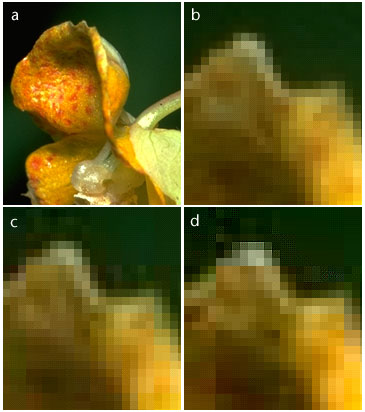
A GIF - Graphics interchange format
This is good for drawings and line arts and is not good for photos. When you compress the images it doesn't reduce file size because the information is saved (lossless compression), so when you want to open up your image you can restore the images to their previous form. The downside of a GIF is it can only have 256 colours in it.


A PNG - Portable Network Graphics
Uses lossless compression so the images keep their quality when compressed, this is good for photos. A PNG is similar to a JPEG apart from the PNG uses lossless compression. A downside of a PNG is the large file sizes it creates.

A PSD - Photoshop Document
This uses lossless compression and has very high quality and large file sizes.
It can store lots of information with the image file like: layers, masks and transparency. This is ideal for continuous work on a file
A TIF - Tagged image File.
It has Large file sizes and high quality and it can store along with the image. This usually uses a lossless compression. TIF is an old file format because most people use a PSD
A BMP - short for bitmap
It has high quality. A bitmap doesn't use any compression so the file sizes are large. It's only really used in Microsoft and Microsoft Paint
Vector Formats
.ai (Adobe Illustrator)
Encapsulated Postscript (eps)
They have small file sizes and they're big just files with instructions on how to recreate the file
Vectors and Bitmaps
A bitmap and a vector are two types of basic image files.
Bitmaps are quite large file sizes because they have to record what is happening in each pixel.
A bitmap is good for photographers as they reproduce colour accurately. When you re-size a bitmap you can lose the quality because each one of the pixels becomes available
Bitmaps are quite large file sizes because they have to record what is happening in each pixel.
A bitmap is good for photographers as they reproduce colour accurately. When you re-size a bitmap you can lose the quality because each one of the pixels becomes available
A vector is graphics file made up of numbers and co-ordinates, because of this the file size tends to be smaller as only numbers and co-ordinates are stored. Unlike a bitmap, when you resize the image, no quality is lost and without increasing the file size. Vectors are ideal for cartoons, signs and diagrams
Monday, 13 September 2010
Game Textures
Textures are very important, they make the game look how it looks. Without textures the models would just look blank with no colour/texture. After 3D models are created 2D textures are wrapped around to them to make them come to life. There are many different types of textures for example bricks, wood, skin, grassland.
Game Interfaces
Most games use unique interfaces. Interfaces are tailored to a game and are created for a certain games purpose/genre
Interfaces fit the games genre for example if you had a fantasy adventure game, you would not make the interface look science fiction. The games interface will always fit the genre
A great example of an awesome game interface is World Of Warcraft
Interfaces fit the games genre for example if you had a fantasy adventure game, you would not make the interface look science fiction. The games interface will always fit the genre
A great example of an awesome game interface is World Of Warcraft
2D and 3D sprites
2D Sprites
2D sprites are images created using pixels in 2 dimensions
3D sprites are images created by pixels in 3 dimensions usually they are created in an isometric view to make them look 3D
2D sprites are images created using pixels in 2 dimensions
3D Sprites
3D sprites are images created by pixels in 3 dimensions usually they are created in an isometric view to make them look 3D
Concept Art!
While a game is being developed there is a team of people called 'concept artists' . These create simple or detailed pictures to help develop characters/environment. This could range from simple sketches to full detailed images. Developers use images created by the artists to help build up on the ideas and help inspire the developer create some awesome characters or a great looking environment.
Monday, 6 September 2010
Game Art Styles!
Photo Realism!
Photo Realism is where a game developer will try and make his/her game look as realistic as possible (like your looking at a photograph). Typical photo realistic games are Crysis, Forza Motor sport 3 and Grand Tourismo 5
Abstraction!
Photo Realism is where a game developer will try and make his/her game look as realistic as possible (like your looking at a photograph). Typical photo realistic games are Crysis, Forza Motor sport 3 and Grand Tourismo 5
Cel Shading!
Cel shading is where the Developer tries to make the game look almost Hand drawn (with a black line around the edges, and cartoony graphics). Good examples are Super Paper Mario and XIII.
Exaggeration!
Exaggeration is where the Developer exaggerates features on animations such as the eyes. These games are very familiar with Japanese developers. A good example of an exaggerated game is The Fantasy Franchise.
Abstract games are where the developer tries to make the game seem wonderfully weird!, with weird shapes making creatures and landscapes(clue is in the name 'abstract'). Games like this are Patapon.
2D & 3D games - What are they?
2D stands for 2 dimensional. You can see if a game is 2D as it appears to be flat (has no depth). Games like Pacman, Metal Slug and Super Mario are great examples of 2D games. 2D games were mostly made on the earlier consoles such as the Sega Mega drive.
3D stands for 3 Dimensional, these games include depth so they don't appear flat. These games appear on the later consoles like the PS2-3 and the Xbox because they are more powerful than the Mega drive and other consoles so they could handle having 3D graphics. Great examples of 3D graphics are the Call of Duty franchise and the Halo franchise.
My Favourite Box Art!
Gears Of War 2 Box Art!
I love this artwork because I think the colours match the gritty atmosphere of the war between the Locusts and the COG. Also the cover provides a good indication into what the game is going to involve.
The target market for this game is going to be teenagers that enjoy playing 1st and 3rd person shooters .. this game will also appeal to the people that enjoyed the original Gears Of War game as well as they would be able to continue the story of Marcus and Dom.
I think the Box art hits the target market well, especially the people who enjoyed the original game. The games box art also appeals to people who love shooters.
If I had the chance to change anything in the box art I don't think I would because I quite like the way it presents the game as it is.
I love this artwork because I think the colours match the gritty atmosphere of the war between the Locusts and the COG. Also the cover provides a good indication into what the game is going to involve.
The target market for this game is going to be teenagers that enjoy playing 1st and 3rd person shooters .. this game will also appeal to the people that enjoyed the original Gears Of War game as well as they would be able to continue the story of Marcus and Dom.
I think the Box art hits the target market well, especially the people who enjoyed the original game. The games box art also appeals to people who love shooters.
If I had the chance to change anything in the box art I don't think I would because I quite like the way it presents the game as it is.
Subscribe to:
Comments (Atom)

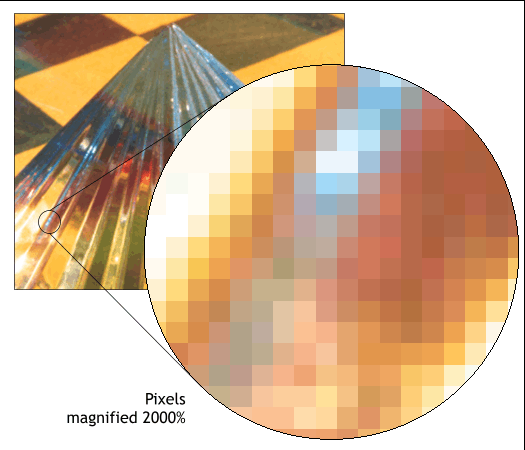
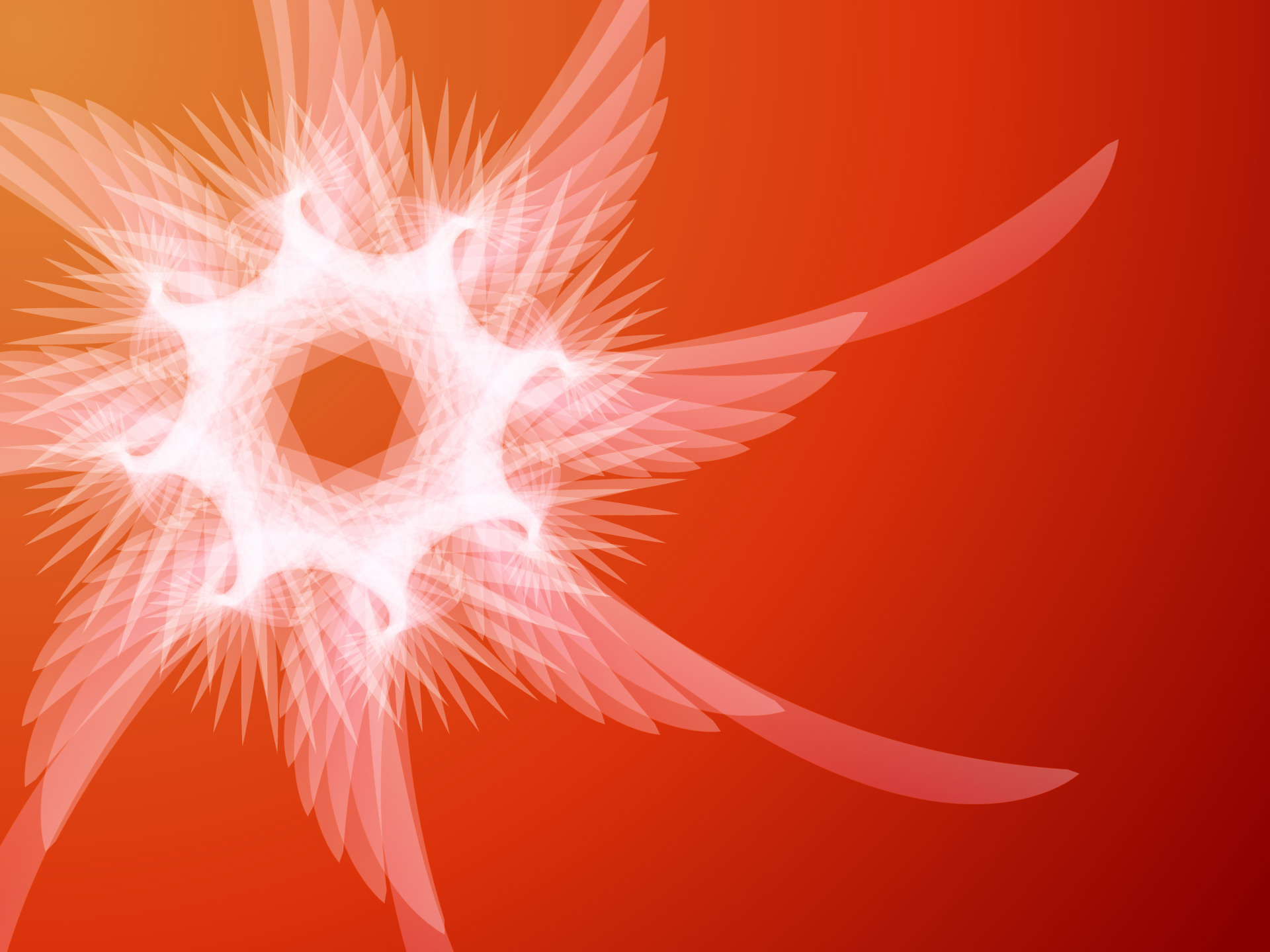
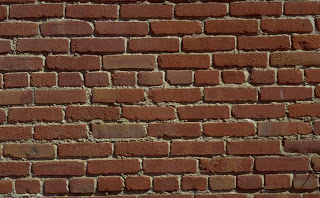






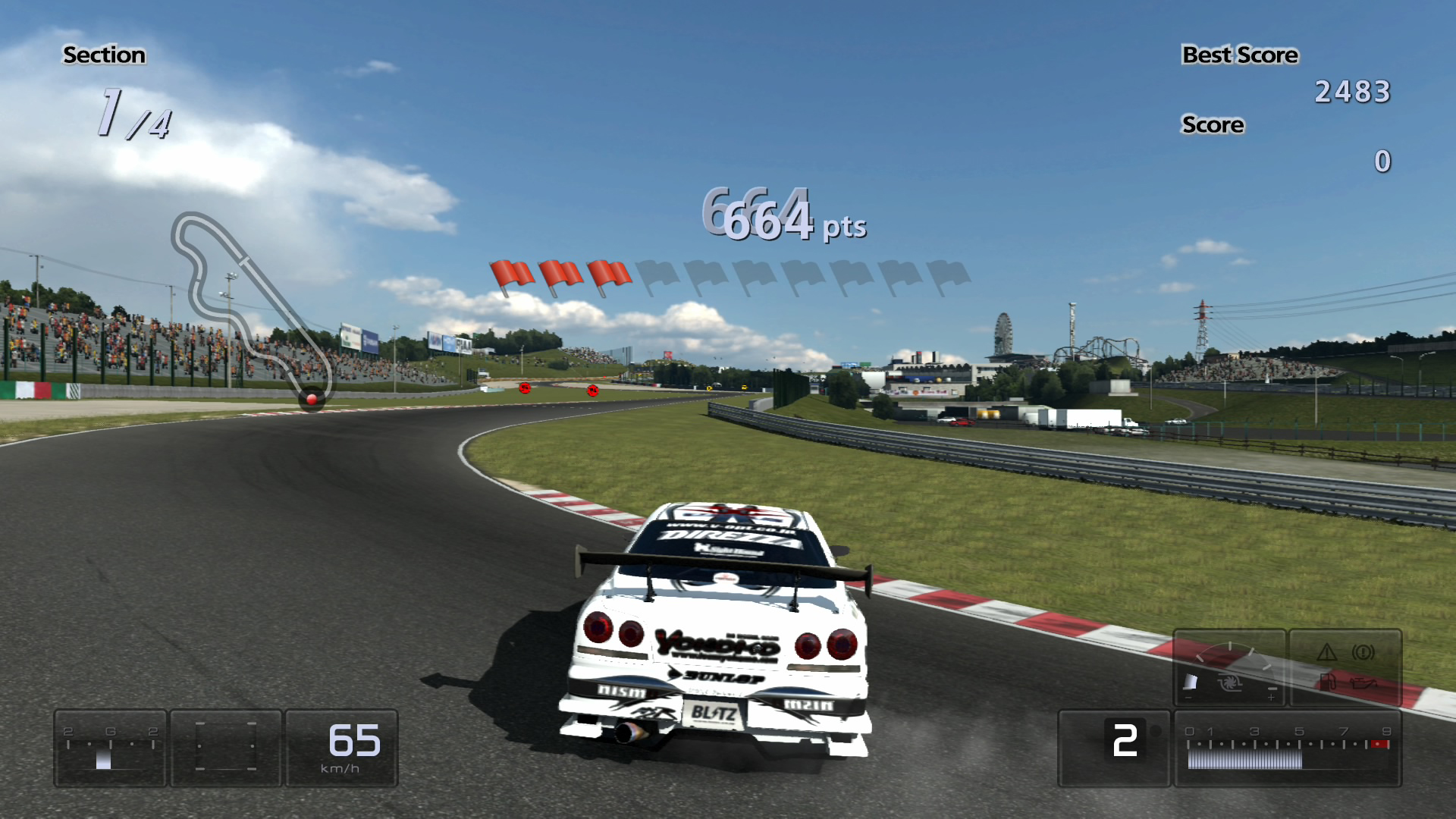


.png)





